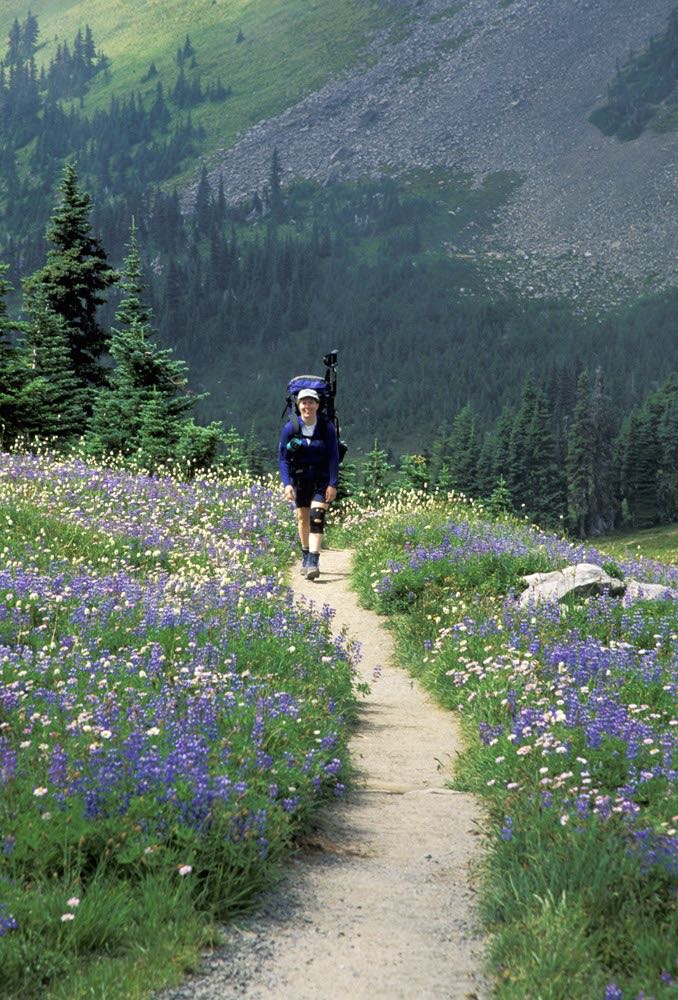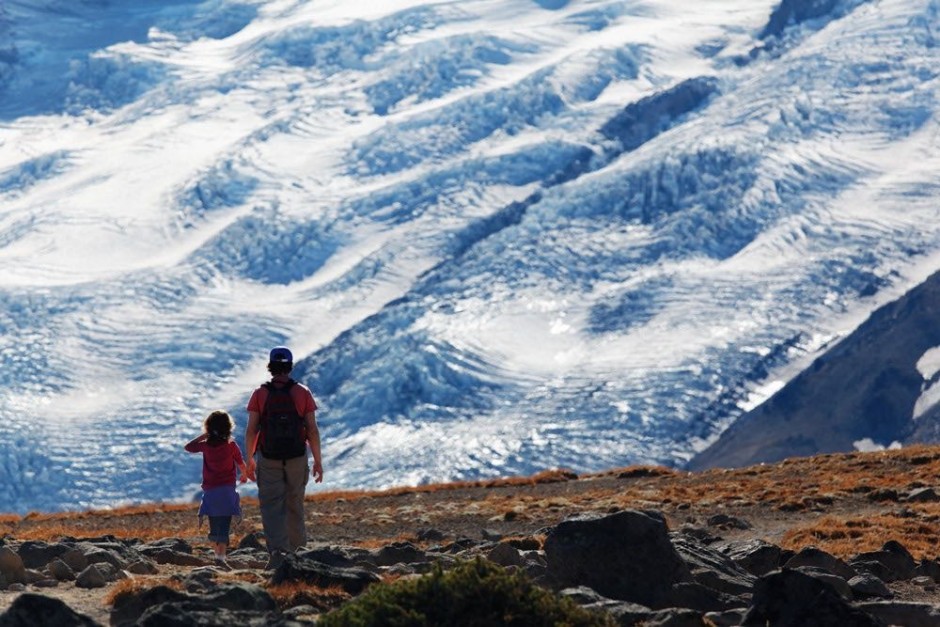Mount Rainier stands so dominant over Washington state’s landscape that we simply refer to it as “The Mountain.” It is one of the most massive volcanoes in the entire world, dominating the Cascade Range. This 14,410-foot active stratovolcano is the most glaciated peak in the contiguous United States, and Mount Rainier National Park has 25 major glaciers within it. With points in the park also as low as 1,600 feet, the mountain’s massive elevation profile generates its own weather patterns, influencing the ecology for hundreds of surrounding square miles. The park’s old-growth forests, flowery subalpine meadows, and icy alpine heights, make it one of the most memorable national parks in the United States.
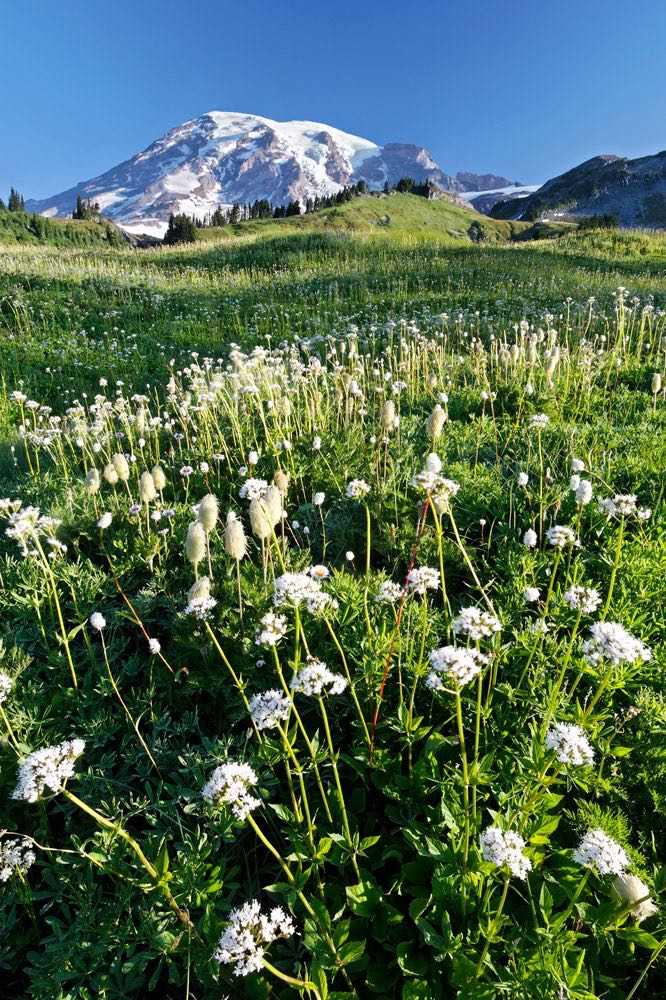
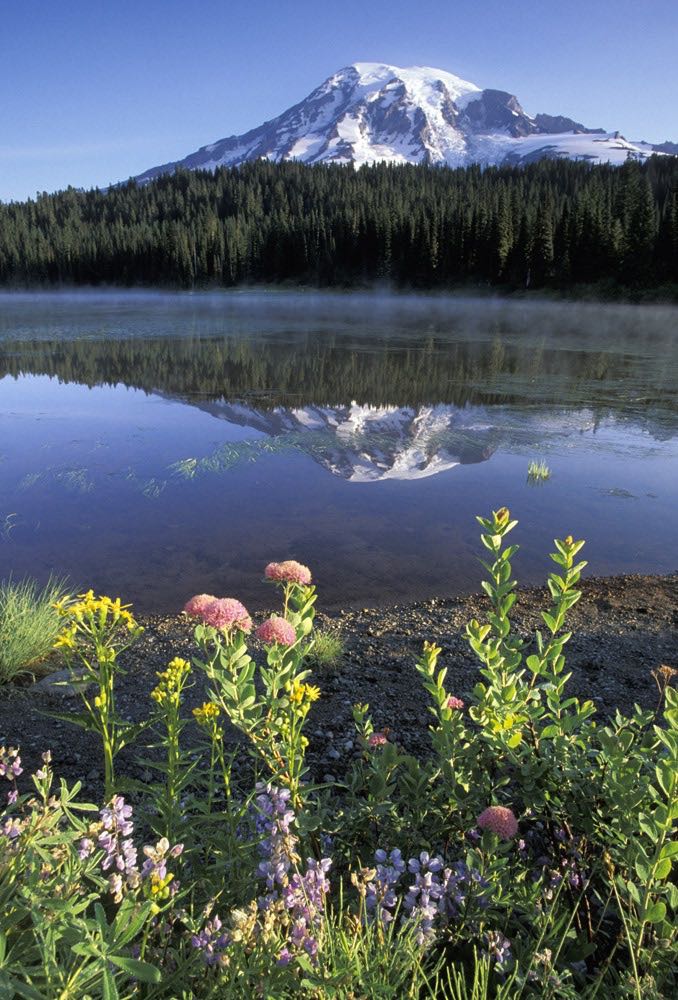
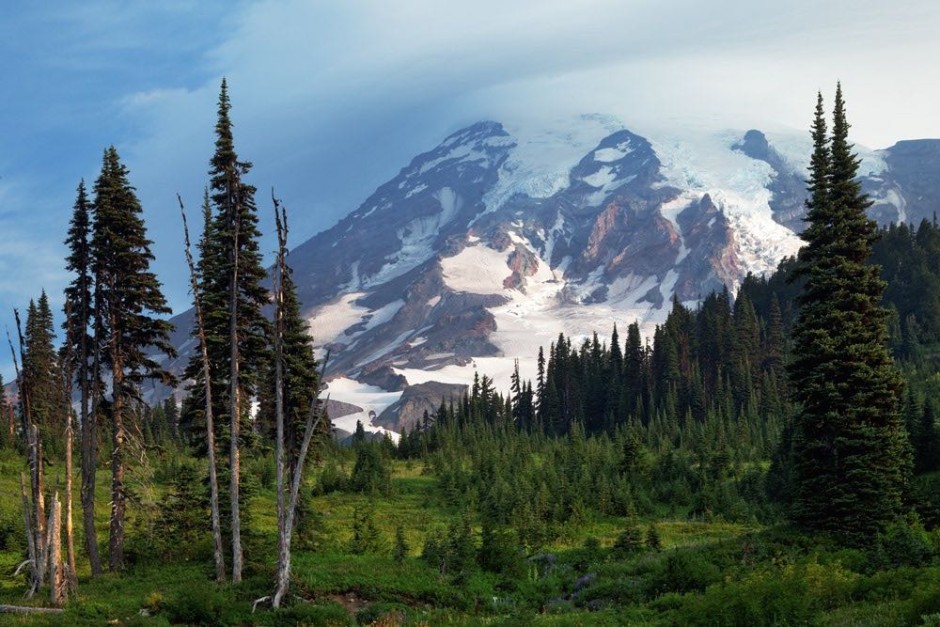
Intermission
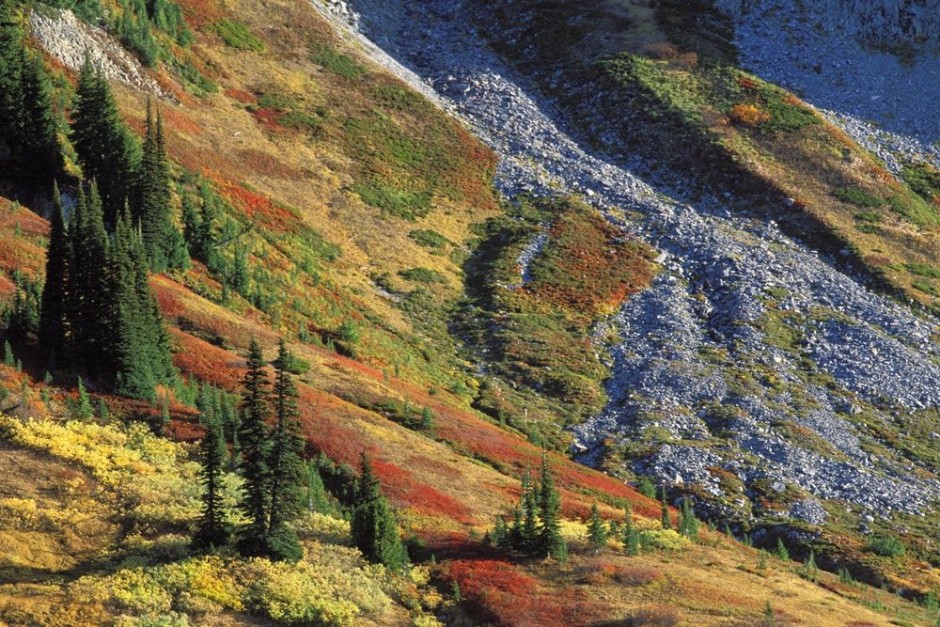
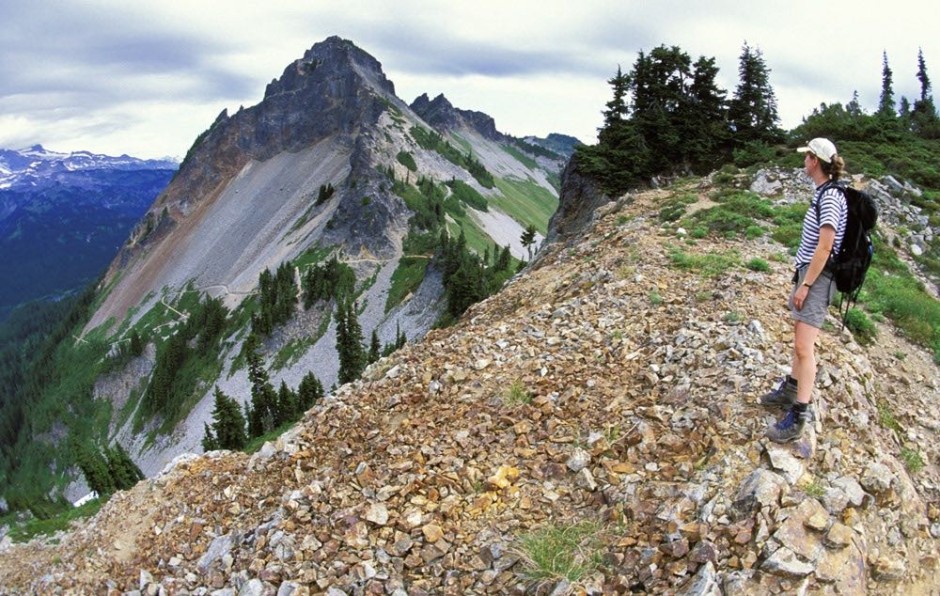
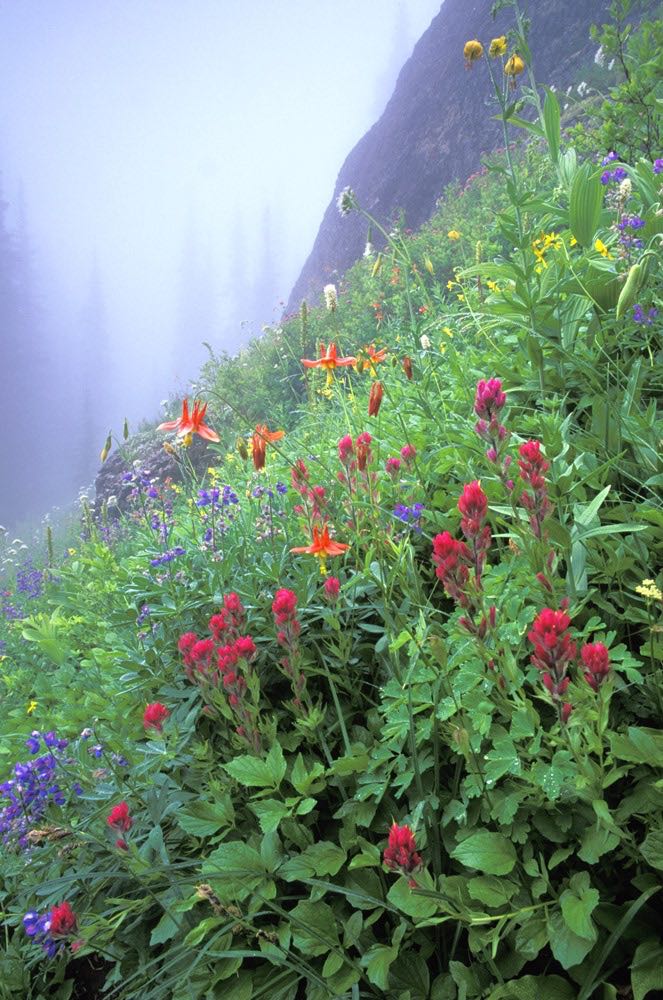
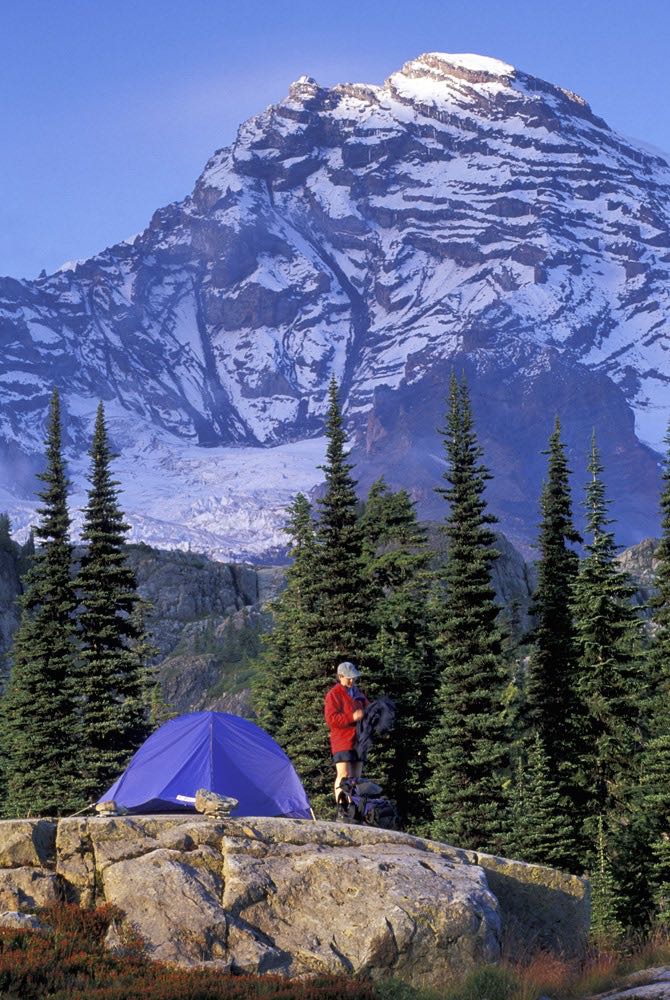
Intermission
